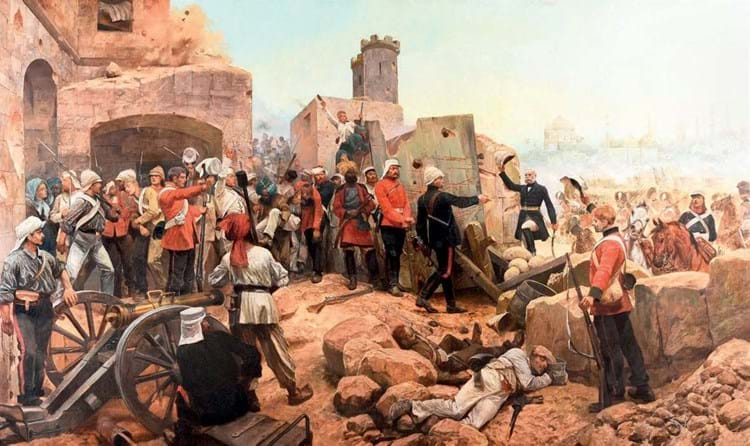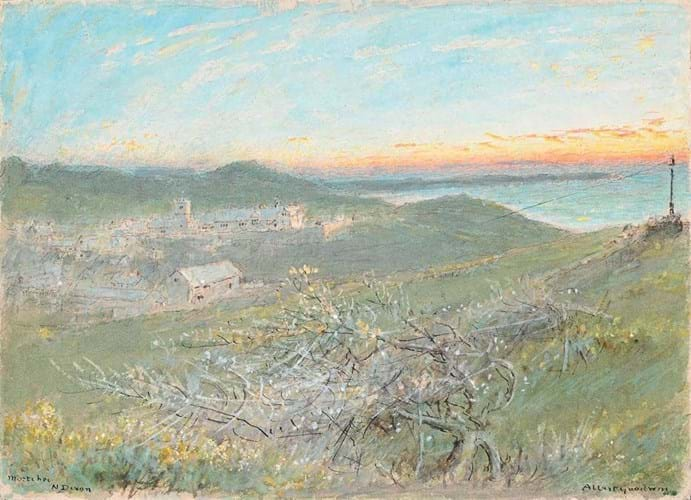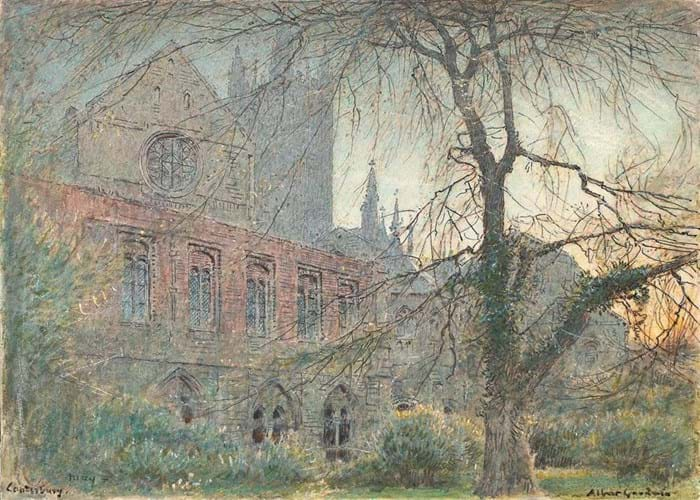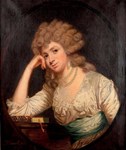
The Relief of Lucknow by General Sir Henry Havelock, a large painting by Richard Caton Woodville Jr that made a record £220,000 at Dreweatts.
Indian interest was the crucial difference when a 19th century British painting made a major price at a recent Berkshire auction.
Although it is often tricky to generate demand for standard fare in this category, works with Indian subjects including topographical and architectural pictures have witnessed some strong bidding of late.
The painting here was a somewhat different type of work, however: a large and striking military scene. Selling four times over estimate and breaking the artist’s record three-times over, it showed a perhaps unexpected appetite from bidders in the sub-continent not only for a colonial battle scene but one very much viewed through British eyes.
The picture offered at Dreweatts’ (26/25% buyer’s premium) sale of Old Master, British and European Art in Newbury on June 14 was a depiction of the relief of Lucknow, an event from the Indian Rebellion of 1857 (also referred to as the First War of Independence or the Indian Mutiny).
It was painted by Richard Caton Woodville Jr (1856-1927) in 1895, almost four decades after the action depicted took place.
The artist specialised in historical pictures, producing numerous battle scenes ranging from contemporaneous conflicts such as the Second Anglo-Afghan War and Boer War to his somewhat glorified views of famous events from the earlier conflicts including the Napoleonic Wars.
A prolific painter, he achieved considerable success during his career, exhibiting regularly at the Royal Academy and Burlington House with reproductions frequently appearing in magazines and journals. However, he died almost destitute and was found dead at his studio at St John’s Wood, seemingly having committed suicide with a revolver.
Relief force
The 5ft 11in x 10ft (1.81 x 3.04m) signed and dated oil on canvas here was titled The Relief of Lucknow by General Sir Henry Havelock and was a major work which the artist exhibited at Royal Academy the year after it was painted. It shows British soldiers and Indian allies grouped by the walls of a ruined building, thought to be the British Residency in Lucknow itself.
The British general Sir Henry Havelock (1795-1857) arrived at the capital of Uttar Pradesh in September 1857 to relieve the besieged city where a garrison of around 1000 and 700 sepoys had held out at the Residency for five months.
In the event, Havelock’s forces had insufficient strength to evacuate the Residency and it was not until further reinforcements arrived that the siege was finally lifted in November. Havelock died of disease and exhaustion on the very morning of the withdrawal of the Indian rebel forces.
Dreweatts’ head of British and European art Brandon Lindberg told ATG: “Woodville Jr often painted on a grand scale and many of his works are in museums and institutions including the Imperial War Museum. Sotheby’s recently sold a First World War picture which was on a similar scale to ours, but it went for £19,000. It was all about the subject of our picture, not the scale.”
He added: “We have a good track record with Anglo-Indian art including the success of a private collection of William and Thomas Daniells that we sold last year [see ATG No 2572].”
The current picture had been part of the large consignment of works to Dreweatts from dealership Windsor House Antiques which the auction house has been dispersing over the last year or so. The firm had acquired it at some point after November 2001 when it had failed to sell at Sotheby’s against a £150,000-200,000 estimate.
In good condition with only minimal scattered retouching on the relined canvas, it was pitched here at the lower level of £30,000-50,000.
Dreweatts reported interest from multiple bidders but said it came down to a battle between two determined Indian collectors who pushed it up to £220,000. The price was a huge record for Woodville Jr, the previous high being a painting of Napoleon in Egypt that made £70,000 at Christie’s in 2000.
Goodwin group
Further down the price-scale but attracting decent interest was a group of works by Albert Goodwin (1845-1932), a British landscape painter best known for his watercolours.
As a pupil of Ford Madox Brown and Arthur Hughes, as well as a friend of John Ruskin, his works showed the influence of both JMW Turner and the Pre-Raphaelite Brotherhood.
The group here ranged from views of Bamburgh and Whitby in the north to Dorset and Somerset in the south.
They came to auction from a descendant of Davis Green (1880-1931), a keen collector of works by Goodwin as well as Alfred East. He was also a big buyer of rugs and furniture.
Green’s family owned the engineering company Lockerbie and Wilkinson in Birmingham whose best-known product was the ‘penny in the door’ public toilet (from where the phrase ‘spend a penny’ derives).
Many pictures were originally hung at his home in Wolverhampton but most of the pictures offered here were kept in an album and were therefore offered unframed. Having never seen the light of day until this auction, they benefited from being in fresh condition.
On the day, 20 of the 29 lots sold for a hammer total of £22,500. Ten different buyers made a purchase. The top-seller was a classic Goodwin subject: a 9¾ x 13¾in (25 x 35cm) pen, ink and watercolour heightened with white depicting the village of Mortehoe in north Devon. It had some minor wear but crucially the colours were well retained. Estimated at £1000-1500, it sold at £1900 to the trade.
A similarly sized watercolour and bodycolour heightened with white depicting Canterbury Cathedral drew bidding against a £1500-2000 estimate and sold at £1800 to a local private collector. While the artist’s larger watercolours of well-known landmarks can fetch strong five-figure sums, these were certainly creditable results for works of this size.
















